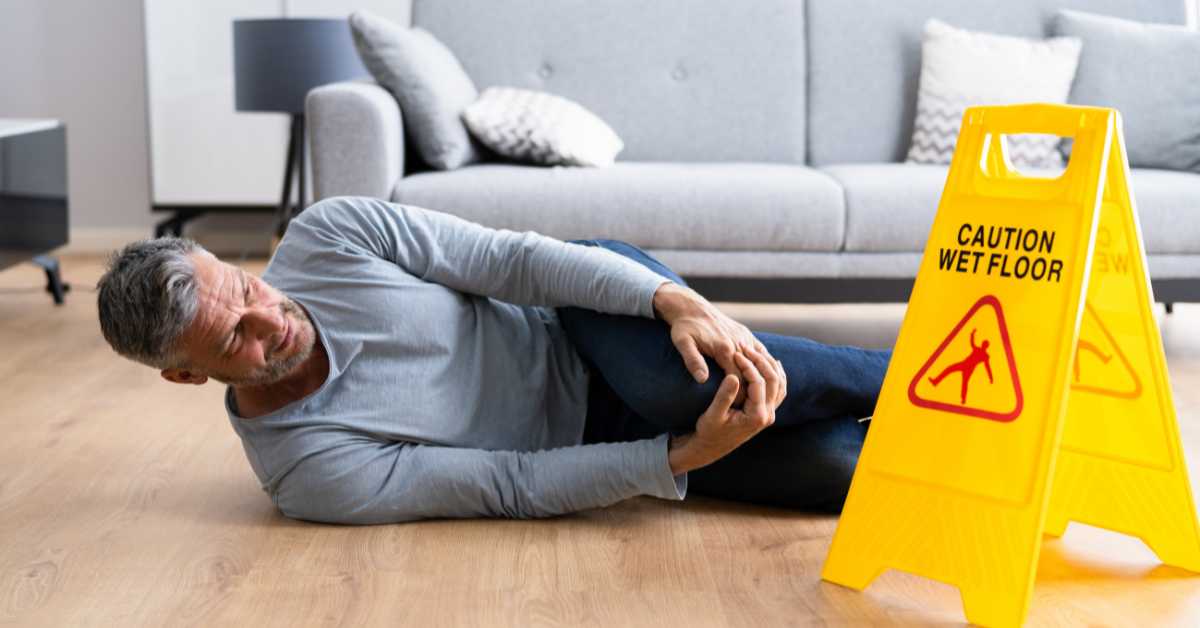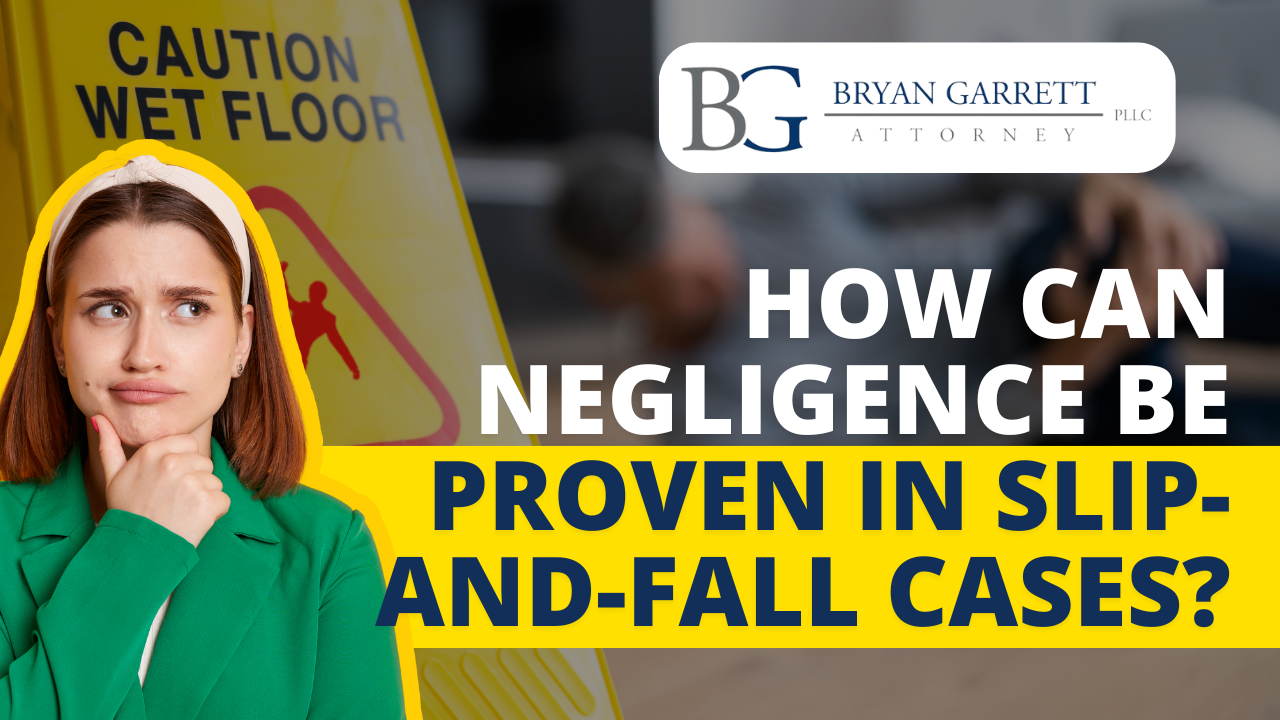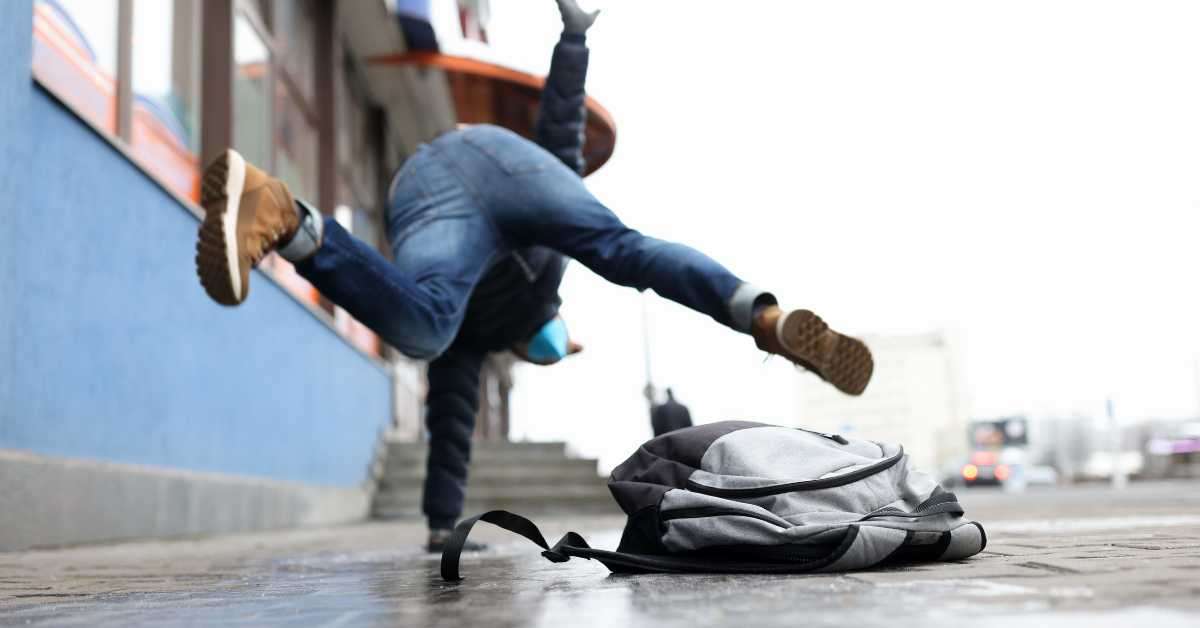
At first glance, a slip and fall case can seem like a relatively straightforward personal injury case. You slipped or tripped somewhere, and now the goal is to ensure that the property owner pays for your medical treatment and therapies, lost wages, and other damages, such as emotional distress.
However, these cases can get complicated, and assigning liability can depend on a variety of factors.
This article will explore the factors that need to be determined when assigning liability to a slip and fall injury in Oklahoma.
Where the Injury Occurred
To file a personal injury claim for a slip and fall accident, the incident has to have occurred somewhere other than your home. This could be at a friend or acquaintance’s home, a business, or at the workplace.
The threshold of responsibility is higher for a commercial property owner than for a residential homeowner or someone leasing a home or apartment. In the latter situation, the property dweller could be let off the hook if they had no reason to know about the hazard that caused your fall.
On the other hand, a commercial property owner has a more stringent duty to protect patrons. The courts tend to evaluate three factors:
- Did the property owner know of the risk that their property presented, or should they have known?
- Was there any visible or verbal warning about the hazard or condition?
- Did the commercial property owner take reasonable steps to fix the situation?
One way to get an understanding of these factors is to look at the classic example of a spilled liquid at a grocery store that causes someone to slip and fall. You’ve probably noticed that as soon as a spill happens, store employees are quick to block off the area, clean up the spill and post a wet floor sign to warn customers of the danger.
This rapid action is because store owners know that the chances are that if a customer falls, they’ll be liable. This scenario could be true whether an employee or a customer is responsible for the spill.
There is an entirely different set of rules if your slip and fall injury occurs in the workplace. In that situation, the case will be a worker’s compensation claim.
Do You Share Any Responsibility for Your Injury?
Oklahoma follows a modified comparative fault standard where a plaintiff’s compensation may be altered based on how much of the “fault” can be attributed to his or her actions. Under this standard, as long as the plaintiff’s fault is less than 50%, recovery is possible, but it will be reduced by the percentage of fault attributed to the plaintiff.
The other party in this scenario may try to assign a more significant percentage of fault to the injury victim to either reduce the compensation award or completely bar recovery.
An attorney’s role will be to evaluate all of the facts of the situation and present an argument that minimizes or eliminates your fault.
What to Do If You’ve Sustained a Slip and Fall Injury
If you or a loved one has been injured in a slip and fall injury, it’s important to contact a personal injury attorney as soon as possible. Oklahoma has a strict statute of limitations that requires you to file a claim within two years of an injury.
At Bryan Garrett PLLC, we offer a complimentary consultation, and you don’t have to pay unless we successfully resolve your claim. Contact us at (405) 369-4498 to discuss your case.


